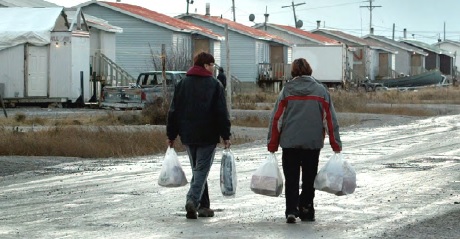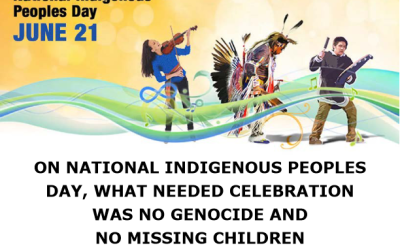The Indigenous policy, being advanced by the Canadian government in a suite of legislation in the fall of 2018, is supposed to mark at new turn in the relationship between the Crown and Indigenous people. It appears, however, that the new policy is merely a tweaking of the failed “Buffalo Jump” policy that has been in place since 1985. Buffalo Jump 2.0 has all the same baggage of the old policy and adds significantly more spending on Indigenous issues, with the expectation that somehow, someday, it will eventually improve the lives of Indigenous people.
The Canadian prime minister and cabinet have the authority to alter Indigenous policy right now to achieve immediate, measurable and positive changes in the lives of Indigenous people by empowering them to make choices for themselves. Arguably, the simplest mechanism for empowerment—modernized treaty annuity payments to all Status First Nations people—will directly impact national issues such as the Missing and Murdered Indigenous Women and Girls Inquiry, the Truth and Reconciliation Commission’s Calls to Action, and the Canadian Human Rights Tribunal ruling on discriminatory funding for FN children’s services.
It would have the profound effect of immediately lifting almost all FN families out of poverty and dependency. But most importantly, it would empower ordinary FN people—for the first time since settlement—to finally be able to speak for themselves and to decide how they want to live and the governance structures that best serve themselves, their families and their communities.
Read the entire Backgrounder here: FB127_BuffaloJump2_SP2018_F1


